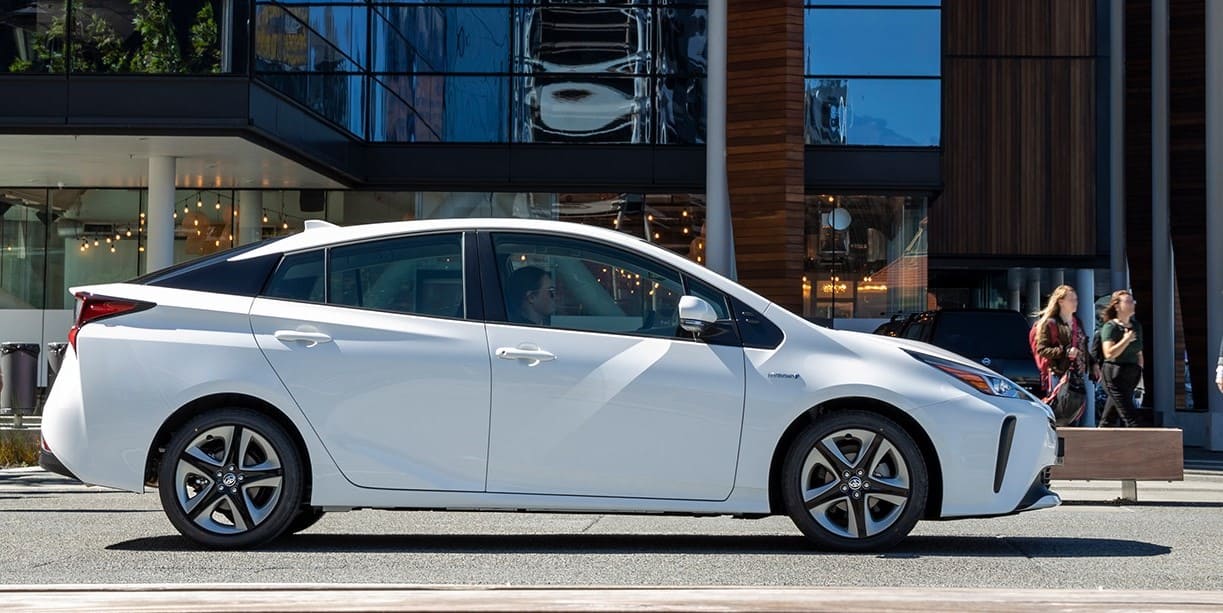
8 Mar 2023
PHEV vs BEV: Which one is right for you?
More New Zealanders are seeing the benefits and possibilities of electric vehicles. In fact, EECA research shows that consideration of EVs has never been higher, with 43% of Kiwis reporting they'd consider going electric with their next vehicle, compared to just 22% when research began in 2016.
What’s causing this shift? With more support and initiatives from the government, it’s never been cheaper and easier to own an electric vehicle. But with more accessible and affordable options, which EV is right for you?
Learn about battery electric and plug-in electric vehicles and work out what suits your needs.
Battery Electric Vehicle (BEV)
A battery electric vehicle (BEV), also known as a pure electric vehicle, only-electric vehicle, or all-electric vehicle, is a type of electric vehicle (EV) that runs on chemical energy stored in rechargeable battery packs. BEVs use electric motors for propulsion, instead of internal combustion engines (ICEs). They are powered entirely by battery packs and lack an internal combustion engine, fuel cell, or fuel tank.

A Battery EV works best if you:
- Mostly travel within battery range
- Can charge overnight at home or at work
- Have off-street parking and access to a plug
- Want an economical second car
- Sit in traffic a lot
- Want low running costs
The good
- It’s better for the planet. EVs emit 80% less CO2 than an equivalent petrol vehicle when being driven in New Zealand, because 80% of our electricity is generated from renewable sources.
- Battery range varies from 200km to 600km.
- Low maintenance costs. A BEV has no oil, filter, air filter, grabox, drive belts or spark plugs.
- Low running costs when charged off-peak when compared to the cost of a tank of petrol.
- Regenerative braking recaptures and stores energy when the car slows down to increase fuel efficiency.
Things to watch out for
- Can be very expensive to purchase new - this can be eased with the Clean Car Discount.
- Charging ranges from 20 minutes - overnight depending on the battery and charger, which can be inconvenient when travelling long distances.
How does the charging work for a BEV?
To charge a BEV, you plug it into an external electricity source such as a regular electrical socket, a dedicated charging unit or a public charging station. The battery recovers and stores energy generated when the car brakes, a system known as regenerative braking. This way, you can recharge your BEV's battery while you are driving.
See our latest Electric Vehicle lease offers here.
Plug-in Hybrid Electric Vehicle (PHEV)
PHEVs have two motors: an electric motor that can be charged from an external power supply, and an internal combustion engine fuelled by petrol or diesel.
The good
- PHEVs have lower running costs and a lower environmental impact than a petrol/diesel vehicle especially if you do most of your journeys in EV mode.
Things to watch out for
- Because PHEVs have a petrol/diesel engine, the maintenance costs are likely to be about the same as conventional vehicles.
- Still generates emissions with the petrol engine.
- Not all models can be fast-charged.
A PHEV works best if you:
- Often need to drive beyond the battery range
- Need the car for a mix of long and short trips
- Can charge overnight at home or at work
- Have off-street parking and access to a plug
- Sit in traffic a lot.
How does the charging work for a PHEV?
The regenerative braking system in a PHEV charges the battery in both modes. This means that during heavy acceleration, such as driving fast up a steep hill, the two motors work together to generate electricity and power the electric motor. Once the battery charge decreases to a certain point, the small petrol engine in the PHEV kicks in to generate electricity and power the electric motor.
A Hybrid Electric Vehicle (HEV)
Is a type of hybrid vehicle that combines a conventional internal combustion engine (ICE) system with an electric propulsion system. The presence of the electric powertrain is intended to achieve either better fuel economy than a conventional vehicle or better performance. Technically, hybrids aren’t electric vehicles.
How does the charging work for an HEV?
Hybrid cars use a combination of petrol or diesel and battery power to run. The battery is charged by the combustion engine, and energy is captured when the vehicle brakes or decelerates (a system called regenerative braking).
Want to transition your fleet to electric? Download our 5 step Journey to Carbon Zero here.
PHEV vs BEV: Which one is right for you?

